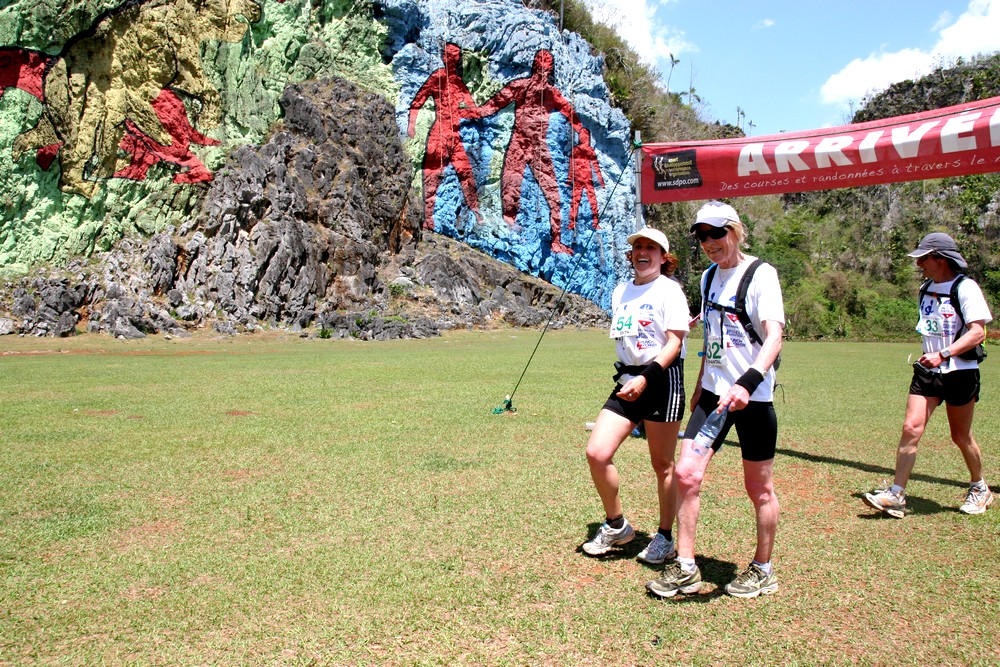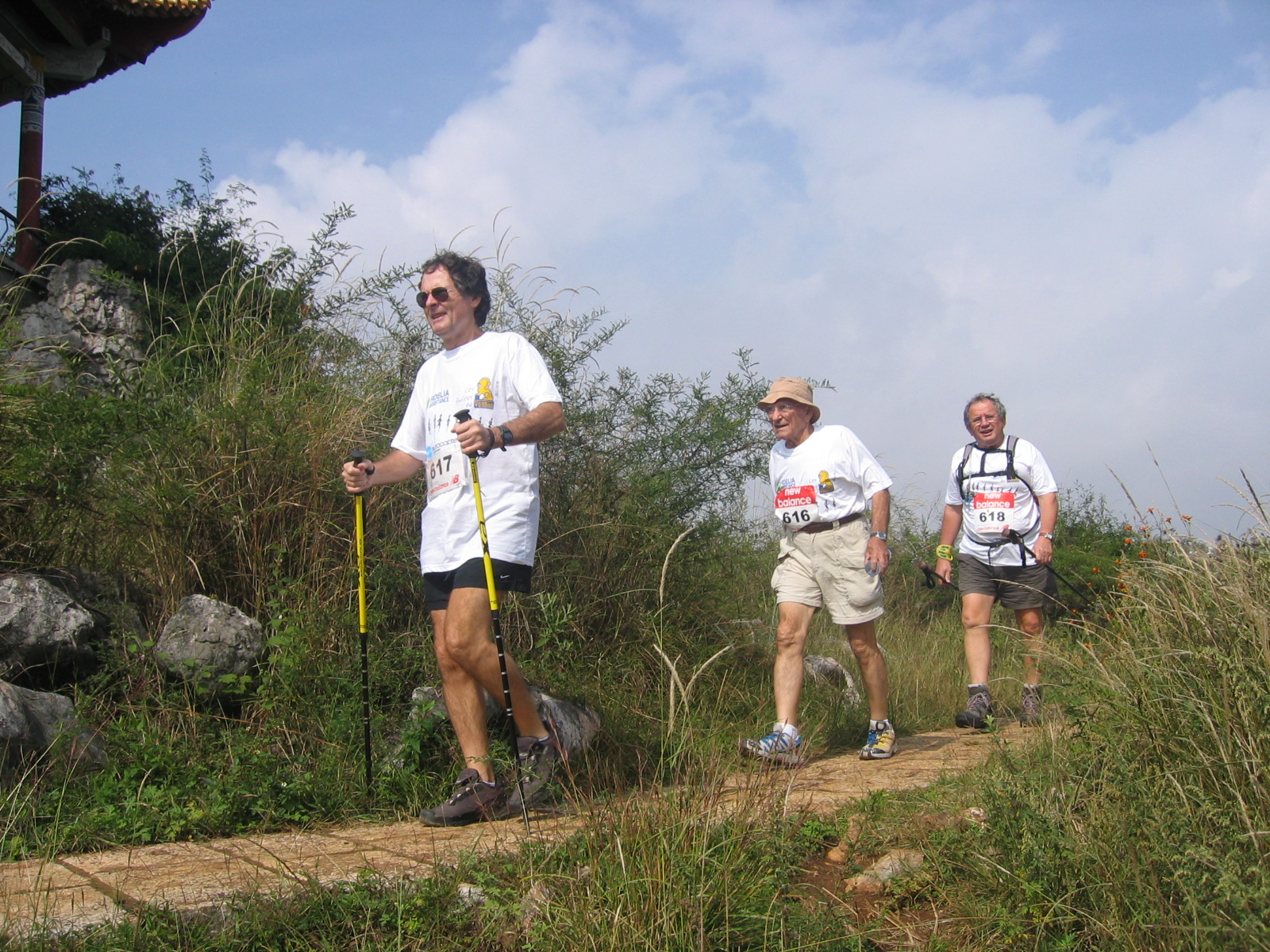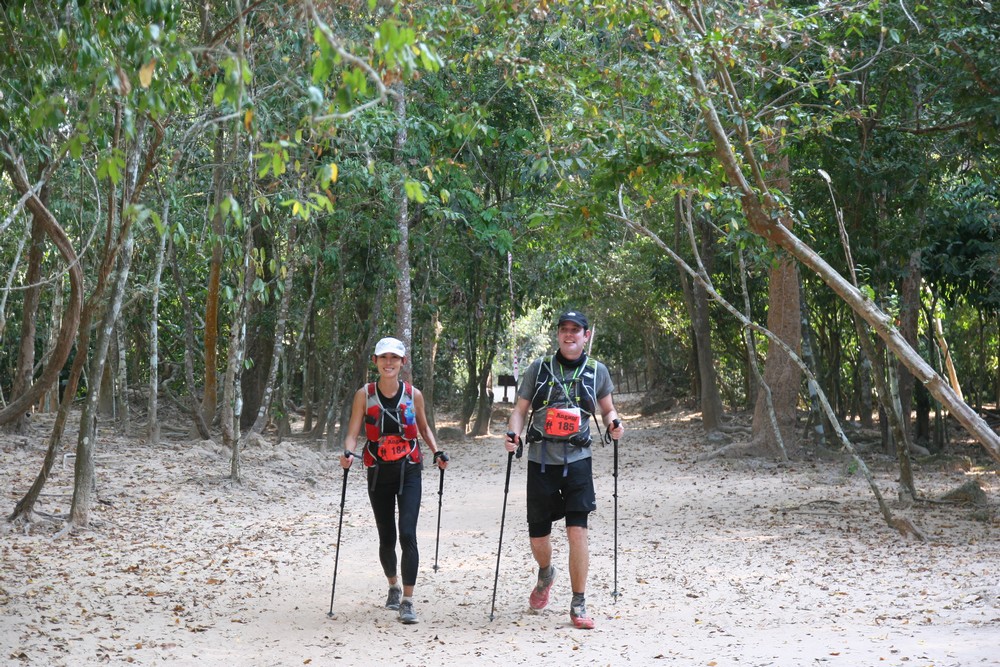WALKING AREA
NORDIC WALKING – ATHLETIC WALKING – HIKING – TREKKING
QUESTIONS YOU ASK YOURSELF BEFORE THE START
1) Why walk with SDPO ?
Experienced walkers or weekend hikers, you want to travel differently by sharing your days between walking and tourism. SDPO offers you an original formula that will appeal to all those who want to avoid the discomfort of a solo trip in distant and unknown lands and the rigidity of the circuit classically organized.
 2) What are the special features of our organization for walkers ?
2) What are the special features of our organization for walkers ?
Our concept is part of an evolutionary approach. Initially reserved for runners, our programmes have gradually opened up to the category of walkers, who have now become full-fledged sports individuals. In addition, the experience shared with SDPO is often far from unique. You have the opportunity to decline your sports career by registering in an individual progress process. Some people experience the «runner» section directly, others prefer to start carefully testing their walkers skills and come back later, better prepared, in the category «races».
3) Is there a special physical preparation ?
The general concept is clear and unsurprising: it’s a cultural and… sporting trip.
There is no required level. The diversity of ages of registered competitors (18 to 77 and over…Oldest participant was 82 years old) should be enough to reassure concerns about the difficulty of the exercise. But if no performance is required, a good physical condition is nevertheless desirable to decline diversified routes (flat terrain, mountains, dunes, deserts) over several days. The distances are short (cf. question 5) and the effort required is limited to one day. From there, logically the competitor’s requirements, by definition stronger, will impose a more marked and sustained training in time. Hikers will nevertheless ensure a minimum of preparation that will allow them to better enjoy these exceptional trips and more comfortably register in the group dynamics. Any collective approach requires a minimum of discipline and rigor for the general organization of the day. Finally, it should be noted that walkers must not run during the competition.
 4) If no performance is required, and if all profiles are admitted, why then talk about competitions, races, podiums, rules for all? Aren’t all these concepts incompatible ?
4) If no performance is required, and if all profiles are admitted, why then talk about competitions, races, podiums, rules for all? Aren’t all these concepts incompatible ?
The diversity of the profile of walkers mentioned above should simply allow each to satisfy his initial aspirations. Those inspired by a marathon pace, strengthened in their physical form, test their level and want to live this exercise logically in a competitive way with the hope of recognition and a podium. Maybe they will share another adventure with SDPO in the category runners? The others prefer to stick with the discovery of «mother nature».
Whatever the motivation: winning or contemplating, pugnacity or lightness, each his own adventure, but all and all are integrated in a race with its corollary: Rules, rankings and rewards. This diversity also makes the richness and the atypism of this formula.
5) How does a walker’s day actually go ?
The morning is devoted to sports activities and the presentation of awards: a walker makes half the distance traveled by a runner, that is 8 to 12 kms (their starting points are therefore slightly offset). During part of the race, walkers and runners meet, encourage and motivate each other in the midst of local populations and the most diverse landscapes. Very important and comfortable precision: the organization is responsible for transporting the running bags and only water (distributed at the start and that distributed to refuelling points) is carried by the walker. The afternoon is reserved for cultural visits, transfers by bus or plane and… rest.
6) Is special equipment required ?
One month before each race, SDPO sends you a very complete document tracing both your cultural and sporting background.
For the Nordic Walking, it is naturally necessary to have a good pair of sticks.
THE NORDIC WALKING
Nordic walking is an outdoor sport that consists of accelerated walking with specific walking sticks, usually made of composite material.
This sport, extremely popular in the Scandinavian countries, is practiced summer as winter. It is a derivative of cross-country skiing. Nordic walking is different from athletic walking because of the use of sticks and the fact that the walker cannot be disqualified for leg not stretched. It is essentially a leisure activity.

